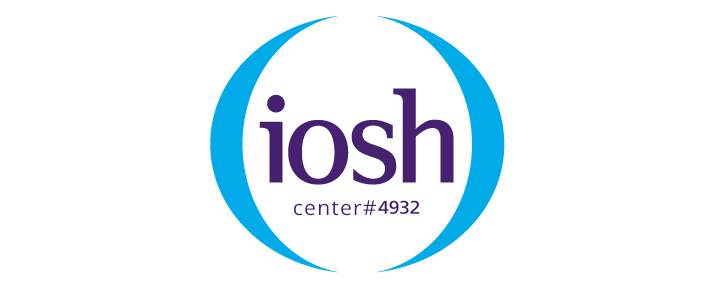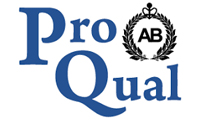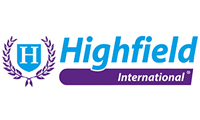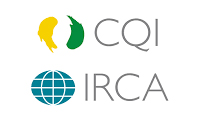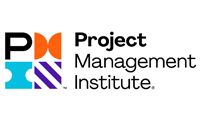Want your health and safety program to be a success? You will succeed if you use these 14 crucial components! No, this isn’t the advertising for a trendy diet plan that will magically reduce your waistline by inches and pounds, or one of those get-rich-quick schemes advertised on late-night infomercials that will let you stay at home by the pool, put in a few minutes worth of work each day, and triple your income.However, following this formula can help you create a robust, all-encompassing strategy for safeguarding your staff from potential risks at work.
These 14 criteria represent an agreement among health and safety experts from studies done by the National Safety Council (NSC).
This collection serves as a platform for conducting a gap analysis on your current strategy or as a template for building an efficient health and safety program. These components work well with the Injury and Illness Prevention Plan (IIPP), which is mandated in several states.
Many of these subjects have been covered in previous issues as stand-alone articles, but after reflecting, we realized we never truly gave a comprehensive overview of how a health and safety program should be organized. We will present the same program components in the same sequence as the NSC with additional comments and explanations rather than trying to design a workable strategy. In reality, they are all connected, and a single problem will typically touch on many of the things listed below. Therefore, let’s begin.
1. Hazard Identification, Assessment, and Control
Any health and safety program needs to include this component. Most on-the-street respondents would respond that a safety program is about this if they were asked. This entails proactively identifying hazards in the environment (the workers’ immediate surroundings), the workers themselves, the tools and materials they use, and the procedures and practices themselves.
In addition to assisting with the process, a formal “Job Hazard Analysis” is essential to many of the other parts described below. Standard operating procedures (SOPs), which are a component of the Chemical Hygiene Plan in the lab, are a result of this component.
Hazards must be controlled after being recognized and given priority. Elimination/substitution, engineering controls, personal protective equipment, and administrative controls make up the commonly accepted hierarchy of controls.
2. Workplace Engineering and Design
When we are asked to tackle a problem, we frequently witness failure in this regard. In a workplace, planning for safety is just as important as designing for efficiency (and these often go hand in hand). Building codes have already completed some of this (e.g., electrical standards, fire suppression, and egress requirements). Aware consideration must also be given to other factors, such as the ergonomics, ventilation, and noise requirements for the anticipated work at hand, the security of the equipment and machinery, the handling and storage of the materials, the use of automated processes, and increased reserve capacity.
3. Performance Management for Safety
This can be viewed as the quantifiable steps that employees do to ensure workplace safety. Performance evaluations ought to show how management and employees alike are performing with the relevant legal requirements and established business objectives. A system of accountability for upholding those standards under their control should be part of this.
4. Management of Regulatory Compliance
OSHA, EPA, DOT, and frequently accreditation agency-specific regulations must be met by facilities that care for animals. In terms of financial obligation (penalties and fines), institutional reputation, and in some situations, the ability to carry on with operations, non-compliance can have serious consequences.
Having a system in place for remaining updated and abiding by current laws and standards is crucial. Keeping up with new or changing legislation that influences your operations is also crucial. A self-evaluation or external assessment is a useful tool for figuring out compliance.
5. Occupational Health
An occupational health program can take many different forms depending on the business. Pre-employment health checks, ongoing medical monitoring, injury protocols (including first aid and bite/scratch procedures), the maintenance of medical records, and coordination with the departments when work-related health and safety issues arise are all things that one might anticipate in environments where animals are cared for.
The occupational health section of a program is often where one may find coordination of respiratory protection and hearing conservation initiatives.
6. Information Gathering
An informed decision-making process depends on information. The handling of the information once it has been gathered is equally important. We have witnessed cases when crucial data had been gathered but never examined or made available to those in need. To preserve regulatory compliance, the safety and health data gathered must be managed effectively.
7. Involvement of Employees
Employee and management advantages from employee participation in all facets of a safety and health program. Employees on the front lines have encountered and witnessed concerns and problems that management may not have otherwise noticed. Additionally, it acts as a communication link for the employer’s safety and health measures.
8. Behavior, Attitudes, And Motivation
To encourage a safer and healthier workplace, this component seeks to alter behavior and attitude. It places high importance on transparent management support and leadership for altering risky behaviors, attitudes, and work practices. The reinforcement of desired behavior through positive reinforcement is another crucial element.
9. Orientation and Training
Training can take many different forms, including traditional classroom instruction, hands-on learning, and task-specific instruction. Employees must be aware of what to do to carry out their work correctly and safely, in addition to the legislative requirement for safety training.
10. Business Communications
Employees are kept up to date on new and existing rules, procedures, lessons learned, and missions through communication inside the business. Additionally, it offers channels for senior management to consider input from the front lines when creating and updating those policies. An efficient health and safety program depends on the exchange of information in both directions.
11. Managing And Controlling Exposures To External Factors
Planning for an incident or an emergency might be discussed here. Emergency plans must be created for situations including bad weather, mishaps involving contractors or “neighborhood disturbances,” and man-made problems like protesters or activists.
12. Environment Management
An independent program is needed for environmental management because it is such a broad and complicated topic. There is frequent overlap in responsibilities, and environmental management is categorized under the health and safety program. This component takes into account everything from proper permitting to avoiding potential environmental liability.
13. Workplace Staffing And Planning
An adequate safety and health program requires effective human resource management. It entails creating precise work descriptions that take into account job responsibilities (such as the usage of respirators or hearing protection, manual material handling, and exposure to allergens) that may necessitate pre-employment evaluations and medical monitoring.
This element would take into account limiting exposures through administrative controls or other safety considerations (such as tasks requiring two people) and developing safety rules.
14. Evaluations, Audits, And Assessments
This last set of instruments assesses an organization’s performance in terms of health and safety. These serve as a gauge for determining progress and monitoring behavior and compliance. To meet these needs, a variety of tools are needed. These can be carried out by internal personnel, committees, as a requirement of a position, or with the assistance of outside consultants. The outcomes of the assessment act as a launchpad for development.
We’ve barely scratched the surface. With this conversation, we hoped to provide you with a place to start looking over your safety program, finding any gaps, and acting as a spur to action. This strategy works well with the majority of process improvement strategies that businesses have embraced. This won’t make you instantly wealthy or help you lose weight, but it will ensure that the people you work with go home every night in the same state they arrived at work in.
